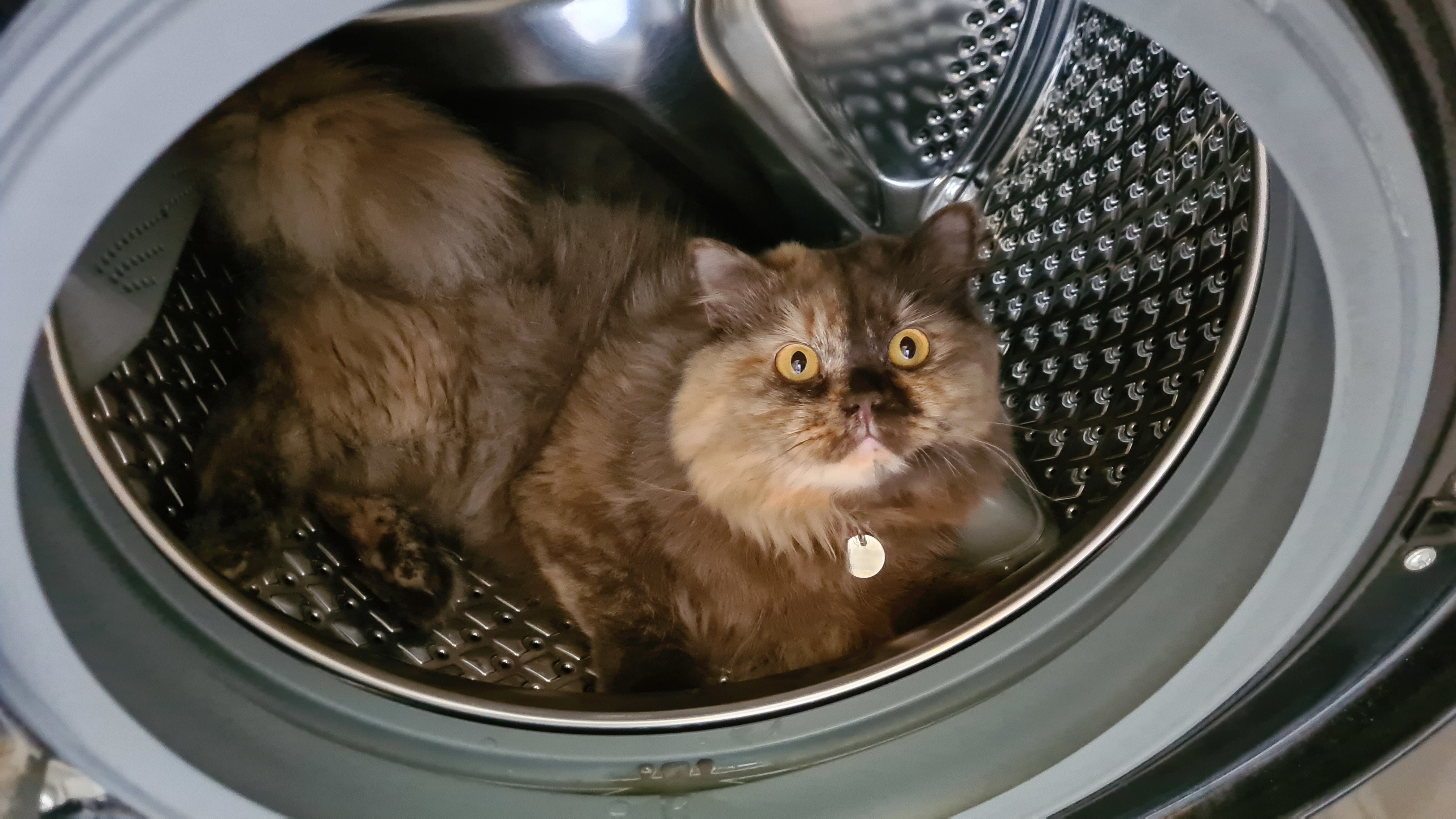I'd agree that there's a lot more abstraction involved today. But, my main point isn't that people should know everything. But knowing the base understanding of how perhaps even a basic microcontroller works would be helpful.
Where I work, people often come to me with weird problems, and the way I solve them is usually based in low level understanding of what's really happening when the code runs.

When I was talking about memory, I was more thinking about how it is accessed. For example, exactly what actions are atomic, and what are not on a given architecture, these can cause unexpected interactions during multi-core work depending on byte alignment for example. Also considering how to make the most of your CPU cache. These kind of things.